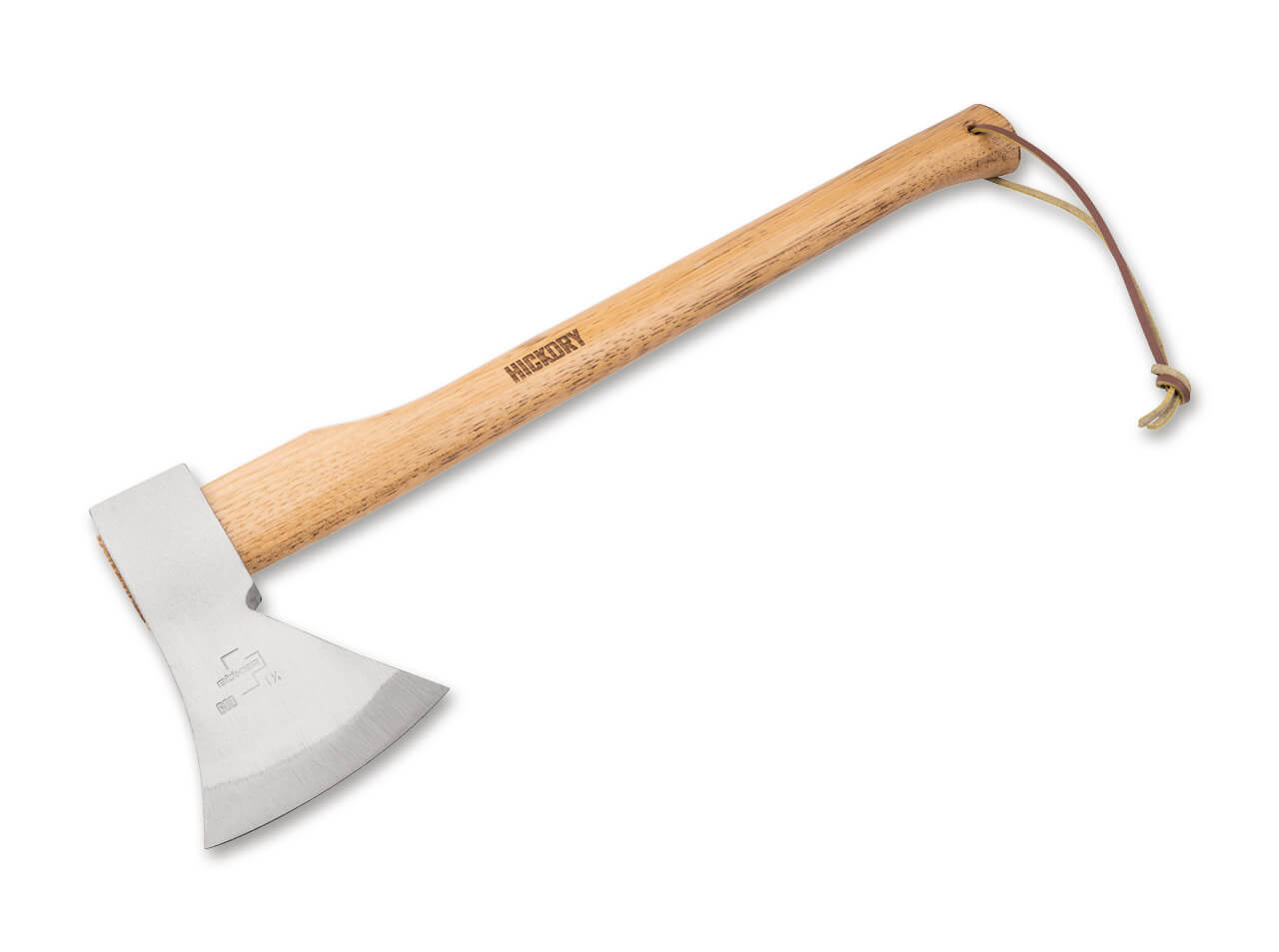I haven't got much knowledge about axes, and I don't know much about metals, and what little that I do know may be wrong.
Carbon adds rigidity and hardness, which improves edge retention but reduces resistance to shock. Softer metal absorbs shock better, but it has poorer edge retention.
Axes are not cutting tools like knives. Axes are impact tools intended for chipping and splitting, therefore shock absorption is way more important for an axe than holding a sharp edge.
This is why softer metal is better for axes.
...but I could very well be completely full of .
.
Carbon adds rigidity and hardness, which improves edge retention but reduces resistance to shock. Softer metal absorbs shock better, but it has poorer edge retention.
Axes are not cutting tools like knives. Axes are impact tools intended for chipping and splitting, therefore shock absorption is way more important for an axe than holding a sharp edge.
This is why softer metal is better for axes.
...but I could very well be completely full of
 .
.
Last edited:


